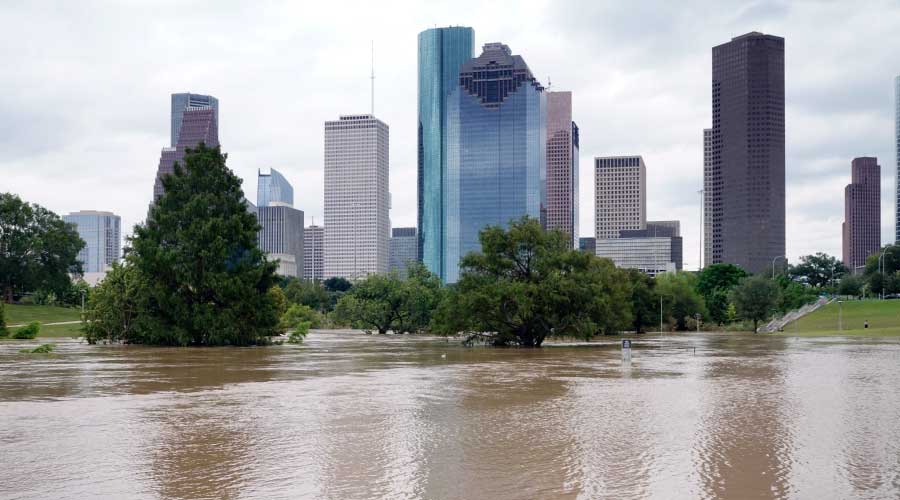Hurricane Irma: Buildings Show Resilience Gains
Recent Florida building code updates helped facilities weather the storm.
Hurricane Irma was one of eight North Atlantic hurricanes between August and September 2017. Indeed, September 2017 was the most active month for tropical storms on record when measured by Accumulated Cyclone Energy (ACE), which considers both the strength and duration of tropical storms and hurricanes, the National Hurricane Center reports.
If there’s a bright spot amidst the devastation, it’s this: The lessons learned from Irma, as well as from previous storms and hurricanes, offer valuable insight for building owners and facility managers, no matter the type of natural disasters their buildings face. By applying this knowledge, they can better protect their facilities and occupants.
Hurricane Irma started as a tropical wave off the coast of Africa, and then transformed to a major hurricane before making landfall in the Florida Keys and near Marco Island, Fla. on Sept. 10, 2017. It reached sustained winds of at least 185 miles per hour, although wind speeds had dropped to about 130 miles per hour in the Keys, and 115 miles per hour near Marco Island. Storm surges in the Keys topped ten feet.
Despite the force of the storm, as well as its size — Irma was about as wide as the state of Florida — most “commercial and institutional buildings came through Irma very well,” says Patricia Nooney, senior managing director with CBRE Asset Services in Florida. The biggest impact, she adds, was to landscaping and power sources. Power outages made it difficult for facilities to resume normal operations.
The 2007 Florida Building Code added more stringent requirements for windows and the mechanical attachment parameters for roofing systems, says Peter Romero, vice president, property management at Blanca Commercial Real Estate and past president of BOMA-Miami. The revised code brought extensive updates on Notices of Acceptance, known as NOAs, which provide test results that ensure materials exposed to hurricane forces meet the impact criteria established by regulatory bodies. Particularly important were NOAs regarding the lift on roofing systems and impact window requirements. These “vastly improved a building’s ability to withstand the kind of force seen during hurricane Irma,” Romero says.
A roofing product that’s earned an NOA has been tested as an assembly and shown to meet certain wind pressure levels, says Chuck Miccolis, vice president of commercial lines with the Insurance Institute for Business and Home Safety. With an NOA, “you know how the roofing system is supposed to perform and what loads and pressures it will withstand.” Because of the changes made to its building code, Florida has become the standard for the modern building code, he adds.
In addition, the Hurricane Resilience Research Institute, or HuRRI, launched in late 2017 with a goal of helping the Gulf Coast better prepare for and mitigate the damage and lives lost as a result of severe weather events. It’s housed at the University of Houston and will draw on research and expertise from individuals at seven universities: the University of Houston, Rice University, the University of Texas at Tyler, Louisiana State University, the University of Miami, and the University of Florida.
The Institute will focus on “anticipating and accommodating the storms’ impact, rather than the current model of waiting for a storm to pass and then devoting funding to repair and recovery,” said Hanadi Rifai, a professor of civil and environmental engineering at the University of Houston, and head of the Institute.
Related Topics:

















